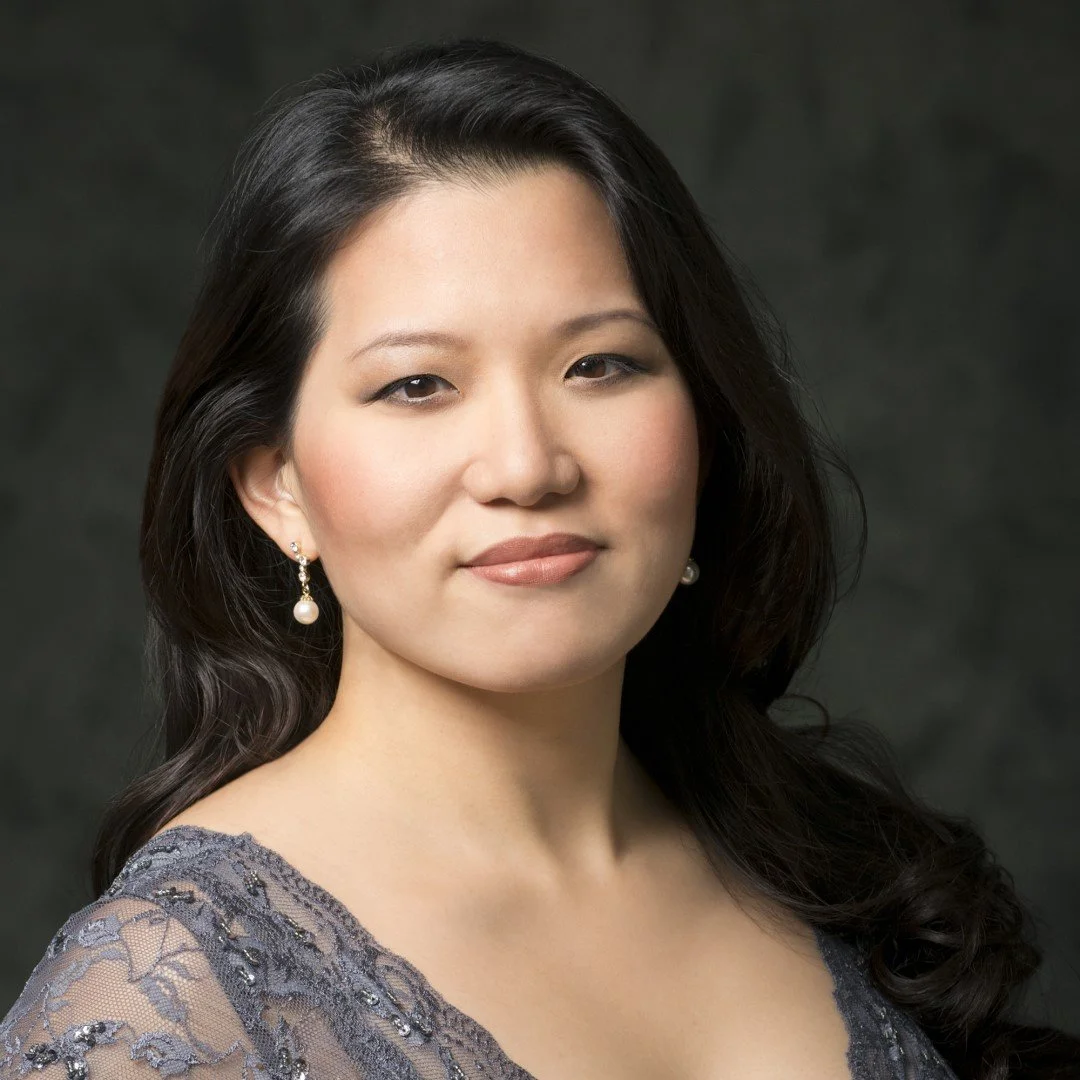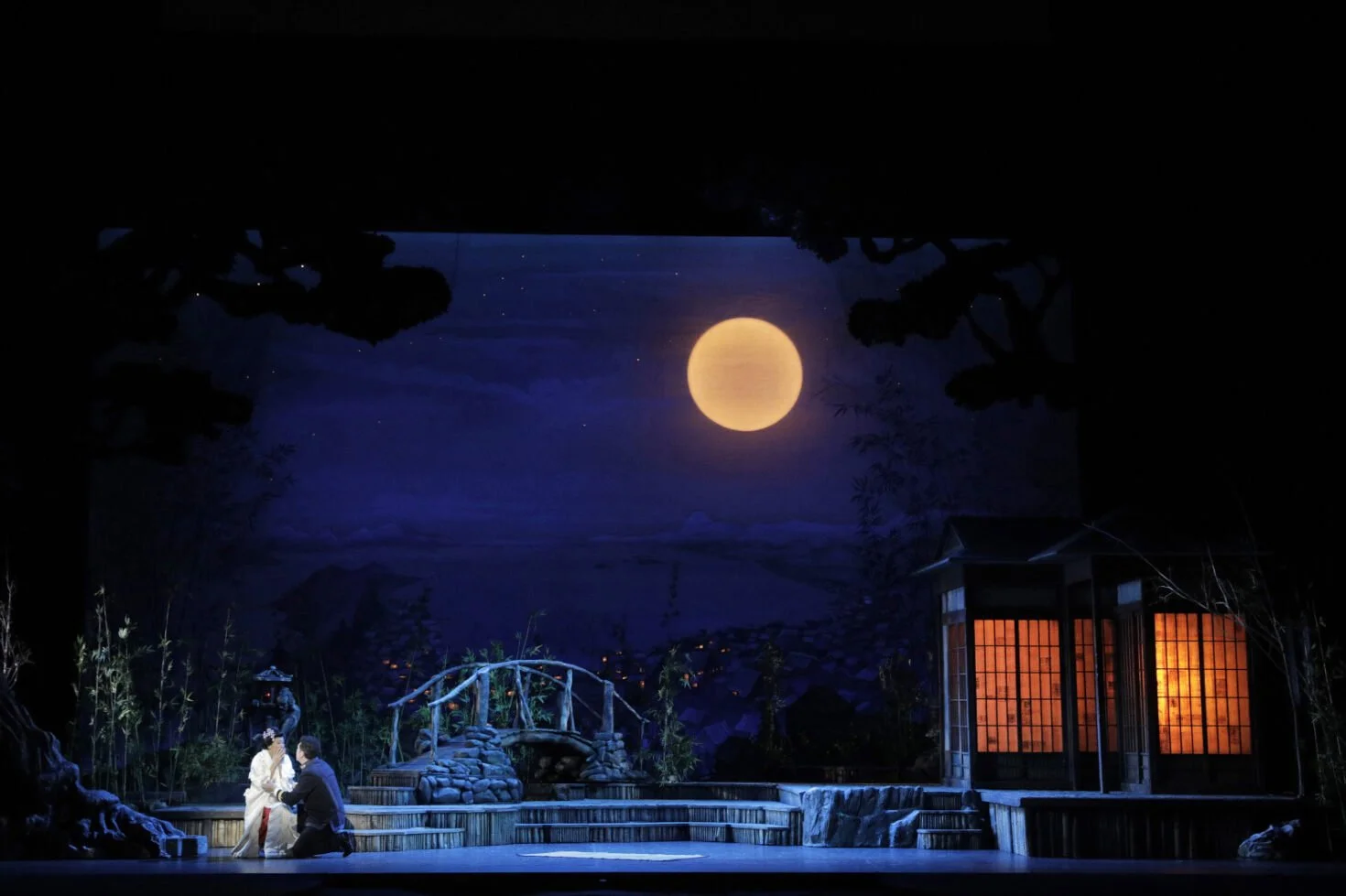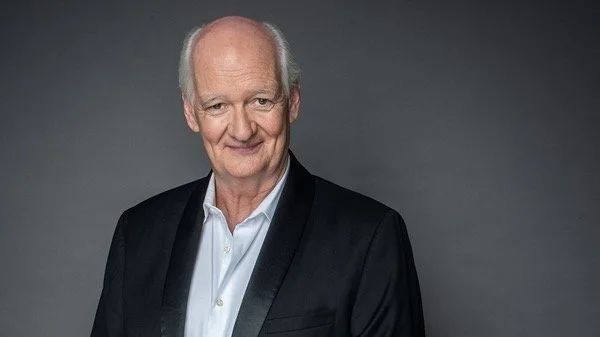Sopranos find new depth in Madama Butterfly's demanding title role
Alternating as Cio-Cio San, Yasko Sato and Karen Chia-Ling Ho navigate the emotional toll of Vancouver Opera’s post–Second World War–set tragedy
Karen Chia-Ling Ho. Photo by Abby Steinhauer
Yasko Sato. Photo by Yoshinobu Fukaya
Vancouver Opera presents Madama Butterfly from April 26 to May 4 at the Queen Elizabeth Theatre
SHE IS ONE OF opera’s most legendary and tear-jerking icons. In essence, Madama Butterfly is a teenage geisha who’s purchased and wooed by a sweet-talking American naval officer, knocked up, abandoned, then cruelly dumped for another.
You don’t need to be an opera expert to know things end disastrously. Add to the emotionally taxing journey the vocal demands of Giacomo Puccini’s famously grand masterwork and you have one of the art form’s most punishing parts.
Yasko Sato and Karen Chia-Ling Ho, the alternating star sopranos in Vancouver Opera’s new rendition of Madama Butterfly, confirm that the role is every bit as gruelling as its reputation suggests. They should know: the Taiwanese singer Ho has brought the character to life seven times, and the Tokyo-born, Italy-based Sato has lost count of how many times she’s performed Cio-Cio San, taking on the opera’s title part on stages from Opéra Royal de Wallonie of Liège in Belgium to the Tokyo’s New National Theatre.
Speaking to Stir at the Vancouver Opera rehearsal studio, both agreed Madama Butterfly takes a toll each time they perform it—and it never gets easier. Once the muscle memory of singing it has settled in, they say, the biggest challenge is the emotional drain of playing a wronged woman who meets such a tragic end each night onstage.
“When I started to do it around two years ago, every time after rehearsal, I would feel so tired mentally,” Ho recounts. “And I cried so many times doing my preparation with my coach, because the music is just so strong and then the story is so sad. As my teacher said, ‘You never cry on the stage because when you cry, nobody will cry in the audience.’ So I have to hold my emotion and try to be real, but also to deliver the story to the audience. I can’t be too emotional. You have to be real in that moment so people can see your feelings, but you can’t let it pass the boundary.”
Sato agrees: “Cio-Cio San is not Yasko. But Yasko is crying every time inside. And yet we have to express and explain her sensitivity. So it’s a balance.”
Madama Butterfly (with sets from Portland Opera that will appear at Vancouver Opera). Photo by Cory Weaver
The more these sopranos sing the role, the more complexity they find in Cio-Cio San—a character that has often been oversimplified and exoticized since Madama Butterfly’s debut in 1904. Sato admits it was a role she “resisted” at first. Written by an early-20th-century Italian composer, Cio-Cio San has long been controversial for its cultural appropriation and depiction of an Asian woman; in the near past, it was often sung by white sopranos.
Sato says that, at first, she bristled at some of the incorrect portrayals of Japanese culture. But as she learned the music—and continues to rehearse it today—she began to fall in love with the way Puccini had woven together different kinds of music she loves: European opera and age-old Japanese folk songs, with their pentatonic melodies.
Adult strength but childlike naiveté, confusion, loyalty: these are just some of the more complex characteristics the alternating sopranos dig into as they bring their Butterfly to life onstage under the direction of Chinese-American artist Mo Zhou, who’s making her Canadian debut. (Both are thrilled to be working in a diverse cast for this show, which is full of Asian, Asian-American, and Asian-Canadian artists onstage and behind the scenes.) Vancouver Opera’s production is unique in that, instead of being set in turn-of-the-last-century, colonial-era Nagasaki, it takes place amid the 1946-to-1952 Allied occupation of Japan, after World War II. In this context, the title character hasn’t just fallen for the wrong guy; she’s trying to survive.
“I think Mo doesn’t want this Cio-Cio San to be the stereotypical ‘obedient’ Japanese woman who obeys the demands from the husband,” explains Ho. “As Asian women, we know that maybe we can act soft, we can speak soft, but we have a strong backbone. For example, my mom: she’s super strong and she has really strong will—one time, she had big surgery, and she got out of bed and walked the same night without taking any painkillers. That’s the kind of Cio-Cio San in this production: she fights all the odds, but she still keeps her faith that ‘this guy will come back to me.’ Part of her strength is that loyalty.”
Sato notes: “Cio-Cio San is this child who had to quickly become an adult against her will, but she still has the naiveté of her childhood. She exists between these very different extremes. She still has that heart of a child, and she waits for him for six years. It’s too long.”
The sopranos agree on so many of these insights, but they say their Butterflies are completely different.
For her part, Ho was looking forward to working with Sato after hearing about her Cio-Cio San from a mezzo-soprano friend from Germany.
“She said she was her favourite Butterfly, because she made her cry,” Ho recounts. “She is very picky! So I was so excited before I came. And then after I saw her Butterfly, I knew I could learn something from Yasko every day.”
The admiration and inspiration are flowing both ways in the rehearsal hall.
“Her voice is stunning and her acting is so young and charming,” Sato says, adding that Ho’s take has influenced her own perception of Cio-Cio San yet again.
And so when it comes to this lush production of this famed opera, it may be that two Butterflies are better than one. ![]()



































